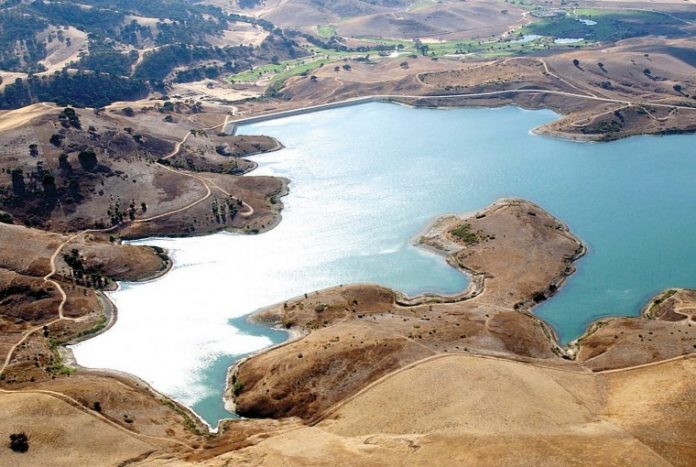It’s surprisingly nice to hear that the U.S. Bureau of Reclamation is finally wrapping up an offensively long review process before treating a mussel infestation at San Justo Reservoir just outside Hollister.
A fisherman at San Justo Reservoir discovered zebra mussels there—the first known presence of the Russian species in California—in January 2008. Since then, the popular local fishing attraction has been closed to the public, further aggravating negative economic impacts caused by the Great Recession and further limiting residents seeking local recreation opportunities.
Coordinating with the San Benito County Water District, the federal government selected a treatment method a whopping six years ago. Still, delay after delay has led to a nearly eight-year closure at San Justo Reservoir, with a solid year of actual treatment ahead whenever that might start. To be fair, treating zebra mussels is no simple task, as shown for decades in the Great Lakes region where taxpayers have spent billions of dollars dealing with the freshwater pests.
But nearly eight years just to get started on treatment in a relatively small reservoir? That’s proof of ineptitude in its own right and leaves locals no choice, despite the seemingly optimistic progress on environmental work, but to distrust the U.S. Bureau of Reclamation going forward.
After this experience, which fulfilled the stereotype that big government cares little about small communities with little political influence, even with the existence of significant ecological risks, the federal government has some making up to do.
San Benito County, in desperate need of recreational opportunities and where government officials are looking to invest millions upon millions of dollars on municipal park ventures, could use a little help after nearly eight years with San Justo on the shelf.










